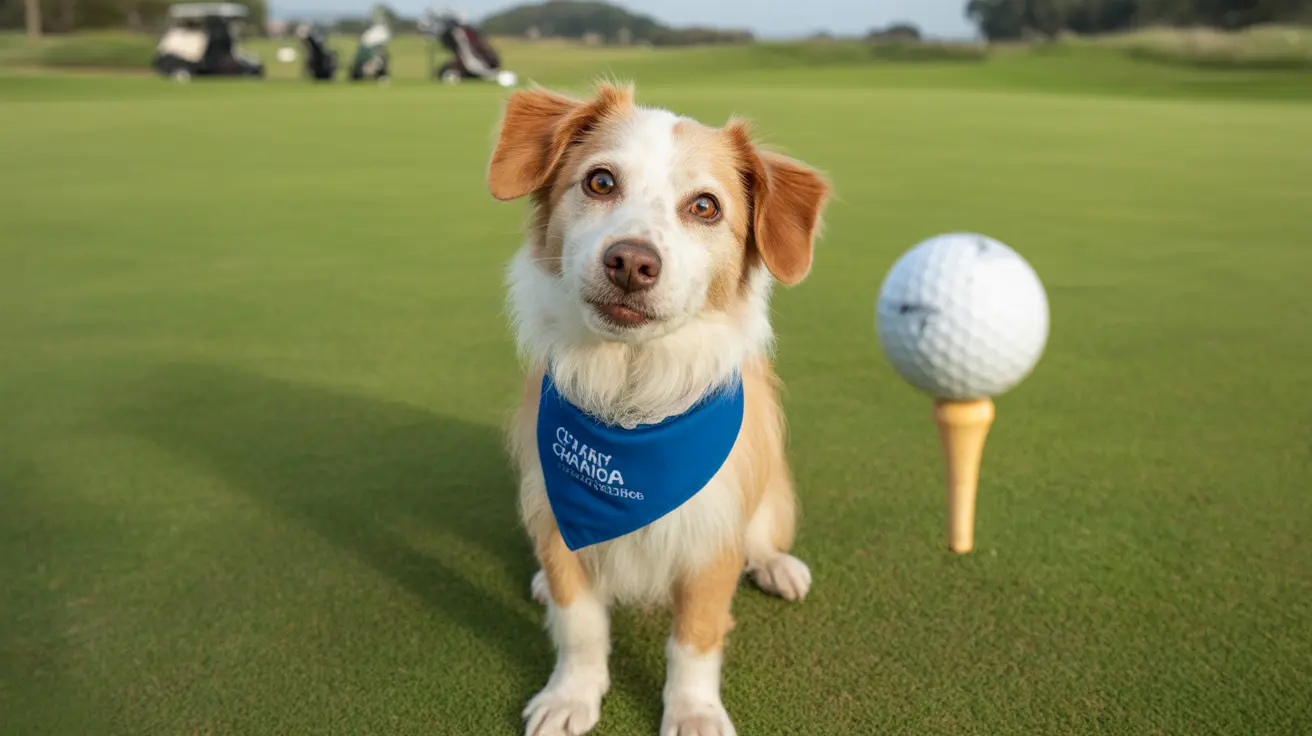Why You Should Never Feed Raw Pork to Your Dog
Feeding your dog a balanced and safe diet is one of the most critical responsibilities as a pet owner. While dogs are omnivores and can enjoy a wide variety of foods, there are some items you should always avoid. One such food is raw or undercooked pork. Though it may seem like a natural protein source, it can be incredibly harmful to your canine companion.
The Risks of Feeding Raw Pork
Pork, when not cooked properly, can carry a host of dangers for dogs. The main concerns include:
- Trichinosis: This is a parasitic infection caused by the larvae of the Trichinella worm found in undercooked or raw pork. It can lead to severe health issues including vomiting, diarrhea, muscle inflammation, and lethargy.
- Bacterial Infections: Raw pork may harbor harmful bacteria such as Salmonella and Listeria, which can cause gastrointestinal and systemic issues.
- High Fat Content: Pork, especially cuts like bacon and sausages, tends to be high in fat. High-fat meats can lead to pancreatitis in dogs, a painful and potentially fatal condition.
Why Cooked Pork is Not Always Safe Either
Even cooked pork can be risky if it has additives, seasonings, or sauces. Many pork products intended for humans contain ingredients like garlic, onion, and excessive salt—all of which are toxic to dogs.
Symptoms of Trichinosis in Dogs
If your dog consumes raw pork infected with Trichinella, you may notice symptoms such as:
- Vomiting
- Diarrhea
- Stiffness and muscle pain
- Lethargy
- Fever
These symptoms can mimic other illnesses, so it’s important to consult a veterinarian if you suspect pork ingestion.
Best Meat Alternatives for Dogs
If you're looking for safe meats to include in your dog's diet, consider the following options:
- Chicken: Lean and bland, often recommended by vets for dogs with sensitive stomachs.
- Turkey: Another lean protein, just be sure it’s unseasoned and boneless.
- Beef: A good source of protein and iron when cooked and unseasoned.
- Lamb: Easy to digest for many dogs and rich in essential nutrients.
- Fish: Options like salmon and whitefish are rich in omega-3s and easy on digestion.
How to Serve Meat Safely to Dogs
When feeding your dog meat, follow these tips:
- Cook Thoroughly: Always cook meat completely to kill parasites and bacteria.
- No Seasonings: Avoid salt, onion, garlic, and other human seasonings.
- Remove Bones: Cooked bones can splinter and cause choking or internal damage.
- Serve Plain: Simplicity is best to avoid gastrointestinal upset.
Veterinary Advice is Key
Before making dietary changes, consult your veterinarian. Every dog is different, and what benefits one breed may affect another poorly. Regular check-ups and consultations ensure your pet is getting the right nutrition without risking health complications.
Final Thoughts
While raw food diets are gaining popularity among pet enthusiasts, certain meats like raw pork remain too dangerous due to their parasite and bacteria risk. Always prioritize your dog’s health and err on the side of caution when it comes to their diet.





